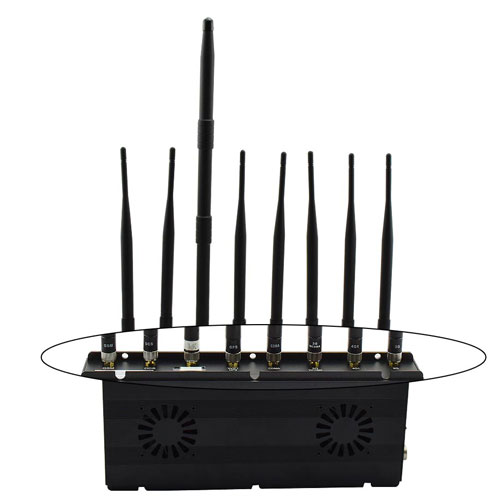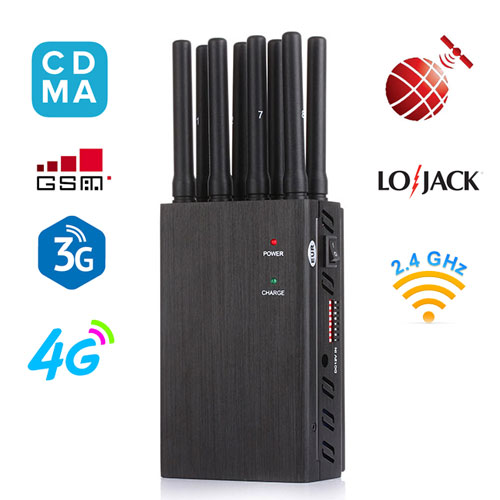Do you want to prevent others from using your wifi signal? Then you need a wifi jammer. WiFi is a ubiquitous network, and as the number of people using it grows, so does the number of devices connected to the Internet. These devices that interfere with data transmission can be as simple as a handheld device or as complex as a stationary drone with a range of up to 3,000 meters. WiFi blockers are now available at various prices with varying levels of effectiveness and functionality.
These devices can interfere with a wide range of frequencies, including GPS signals and police radar. Some people choose to use jamming devices to block nearby signals, but this can be illegal in many countries. Instead of interfering with other people's wifi, you can replace it with your own router and other wireless devices. You can adjust the frequency of the jammer to avoid any interference. It's also easy to set the device to block certain frequencies.
Today's most popular WiFi standards, 802.11b and 802.11g, both operate in the 2.4 GHz (gigahertz) band and are susceptible to interference from other products operating in the 2.4 GHz band, including microwave ovens, Bluetooth devices, baby monitors, and cordless phones. 802.11n is currently in the Draft 2.0 standard (expected to be ratified in the fall of 2008) and can use 2.4 GHz and 5 GHz frequencies.
WiFi signal interference can be intentional use of interference or unintentional use of devices using the same frequency band. For example, if you live in an apartment or condo with your neighbors, every time you use a 2.4 GHz wireless phone, you may be unintentionally interfering with their WiFi network.

Dedicated wifi signal jammers are very easy to find on the internet and relatively easy to make for someone with electronics and soldering experience. A more popular homemade jammer is called the Wave Bubble, which is a self-tuning, broadband portable RF (radio frequency) jammer small enough to fit in a pack of cigarettes. Wave Bubble (also known as Wavebubble) is tunable and can be used to interfere with dual-band systems (such as cellular phones) and single-band systems (such as cordless phones, GPS, WiFi, and Bluetooth devices).
Using a wifi jammer device can help you enjoy peace in any location. They can enforce rules about how people behave and block notifications. Using a wifi blocker in a spa or train station allows people to enjoy the tranquility undisturbed. In the office, WiFi blockers can stop people from streaming movies, reading newspapers, and even browsing the web. They also ensure an uninterrupted work environment. There are many other uses for these devices, but they all have one thing in common: they protect your privacy.

